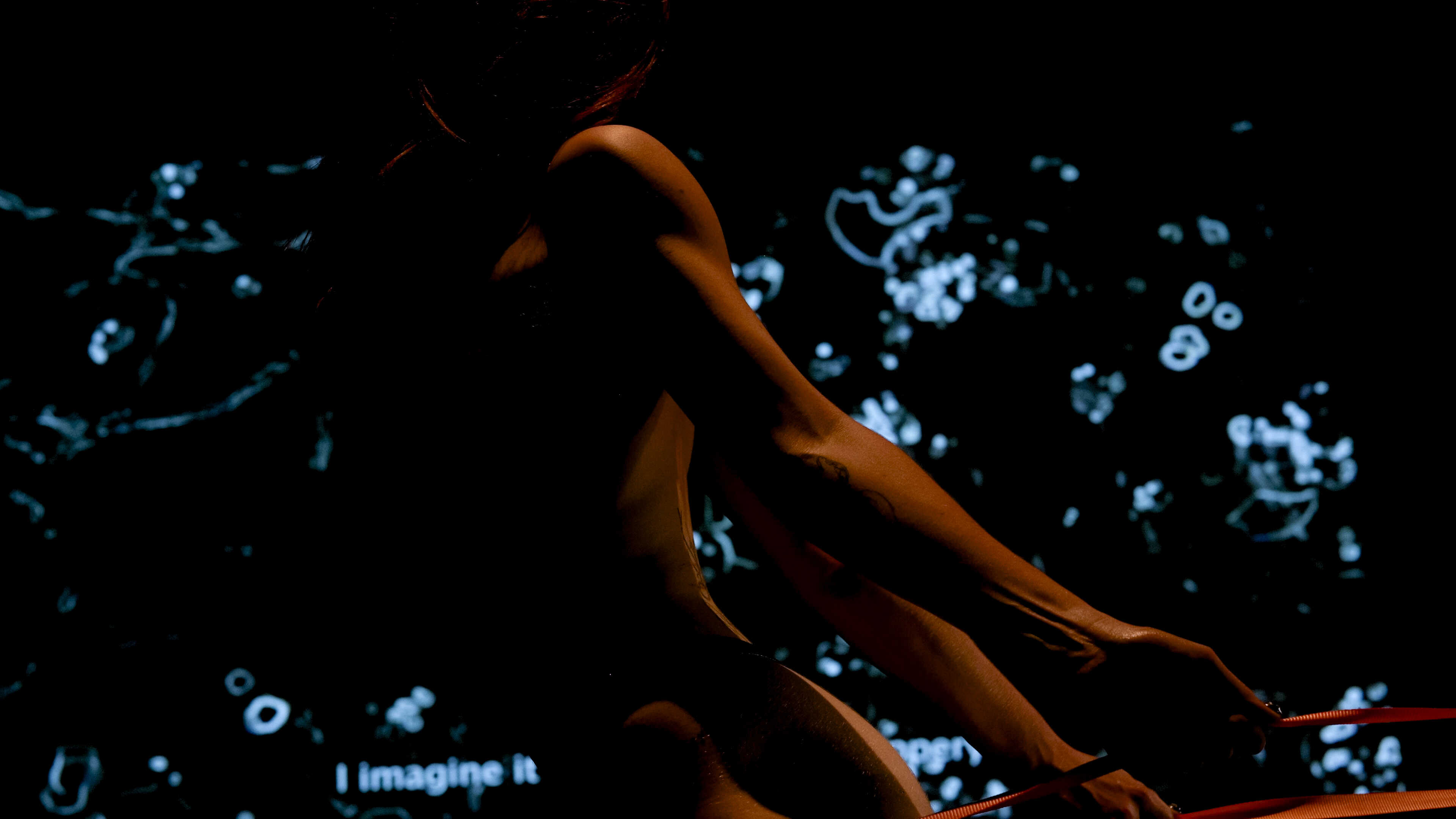Rex Collins ~ STRAPPED
This space can be soft,
bouncing around,
with cushions pressed against its boundaries.
Where sharpness is dulled into tenderness.
I remember this moment months ago that I felt I was falling. As I stepped out of bed, my feet didn’t meet the ground but met a void. Everything was dripping with lube. As I tried to frantically hold onto my partner, friends, work, reality, there was no friction. My chest suspended in fear, searching, reaching out.
Friction is necessary for grip.
Friction is necessary for pleasure.
AEROPONIC ACTS 2024 ~ Chameleon Orbit


